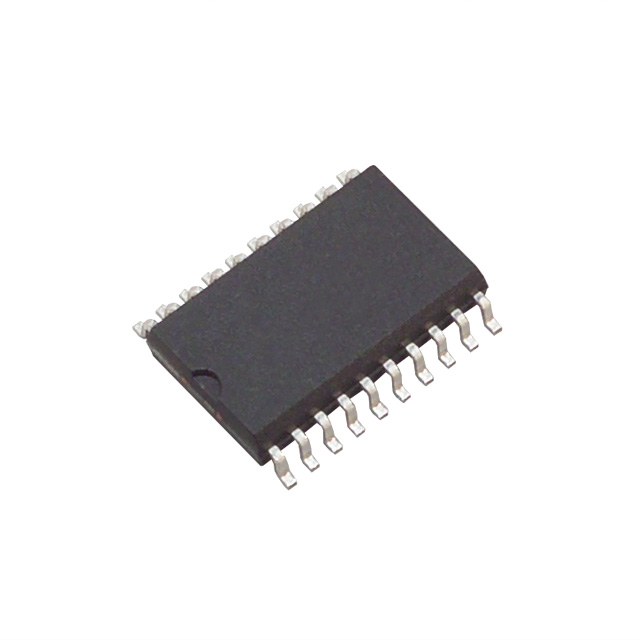
UCC28528DW
ObsoletePFC/PWM COMBINATION CONTROLLER WITH TEM/TEM MODULATION AND NO TURN-OFF WITH THE FALLING BULK VOLTAGE
Deep-Dive with AI
Search across all available documentation for this part.

UCC28528DW
ObsoletePFC/PWM COMBINATION CONTROLLER WITH TEM/TEM MODULATION AND NO TURN-OFF WITH THE FALLING BULK VOLTAGE
Deep-Dive with AI
Technical Specifications
Parameters and characteristics for this part
| Specification | UCC28528DW |
|---|---|
| Current - Startup | 100 µA |
| Frequency - Switching | 200 kHz |
| Mounting Type | Surface Mount |
| Operating Temperature [Max] | 105 ░C |
| Operating Temperature [Min] | -40 °C |
| Package / Case | 20-SOIC |
| Package / Case [y] | 0.295 in |
| Package / Case [y] | 7.5 mm |
| Supplier Device Package | 20-SOIC |
| Voltage - Supply [Max] | 18 V |
| Voltage - Supply [Min] | 9.7 V |
Pricing
Prices provided here are for design reference only. For realtime values and availability, please visit the distributors directly
| Distributor | Package | Quantity | $ | |
|---|---|---|---|---|
| Digikey | Tube | 225 | $ 4.71 | |
| Texas Instruments | TUBE | 1 | $ 4.86 | |
| 100 | $ 3.96 | |||
| 250 | $ 3.11 | |||
| 1000 | $ 2.64 | |||
Description
General part information
UCC28528 Series
The UCC28521 and UCC28528 combination PFC/PWM controllers provide complete control functionality for any off-line power system requiring compliance with the IEC1000-3-2 harmonic reduction requirements. By combining the control and drive signals for the PFC and the PWM stages into a single device, significant performance and cost benefits are gained.
Based on the UCC28511, the new devices employ an average current mode control architecture with input voltage feedforward. The major difference of the UCC28521/28 is the trailing-edge / trailing-edge (TEM/TEM) modulation scheme for the PFC/PWM stages. The UCC28528 differs from the UCC28521 as its PWM stage does not turn off with the falling bulk voltage. The UCC28528 PWM was designed for low power auxiliary supplies.
These devices offer performance advantages over earlier generation combination controllers. A key PWM feature is programmable maximum duty cycle. For the PFC stage, the devices feature an improved multiplier and the use of a transconductance amplifier for enhanced transient response.
Documents
Technical documentation and resources


